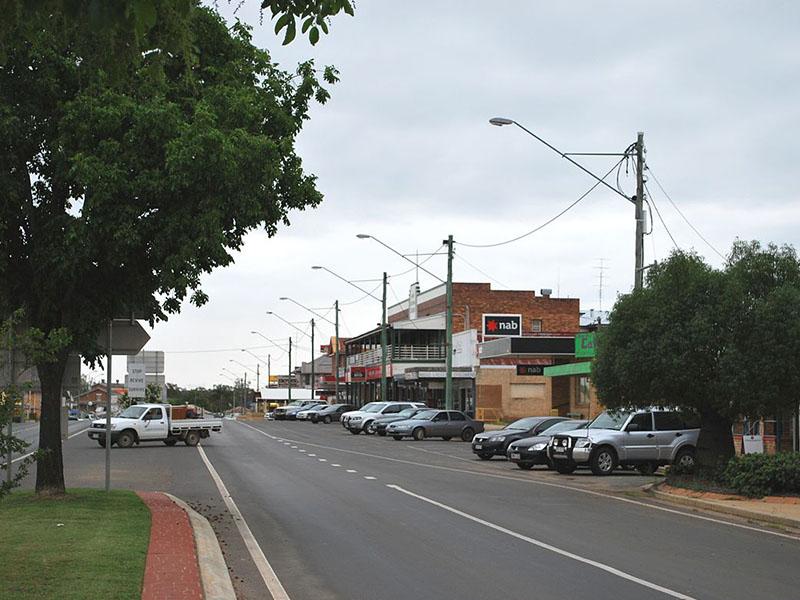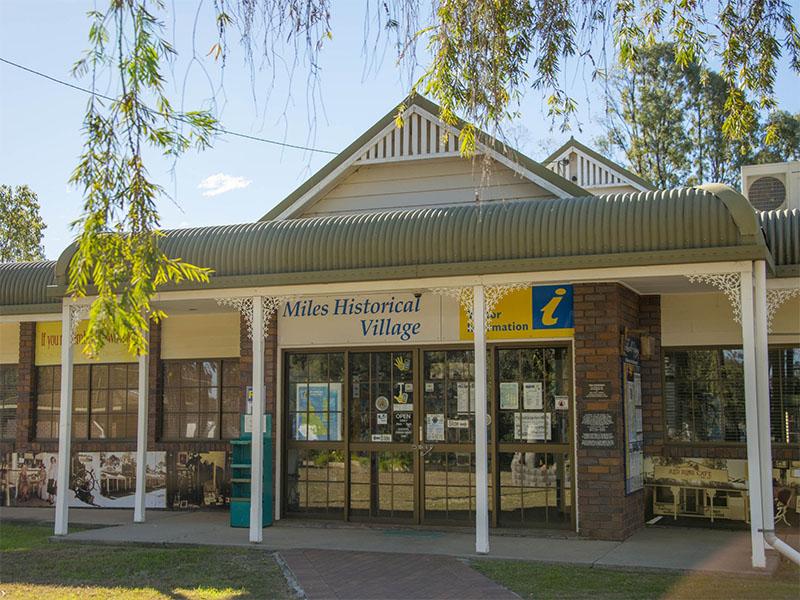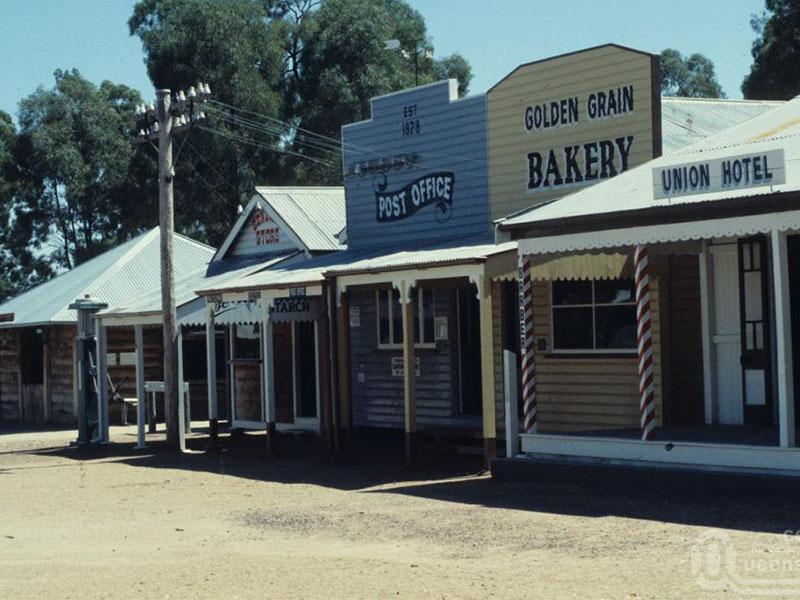Miles
Once a sleepy outback town (back then it was called Dogwood Crossing), Miles is a town where agriculture is thriving. Sitting quietly on the Warrego Highway and Leichhardt Way junction, there’s almost no limit to the amount of resources that Miles produces. Wheat, barley and cotton are all produced in the area, but there’s also a strong timber industry plus cattle and sheep grazing.
Miles is home to nearly 2,000 people with many working in the local government, supermarket retail, education and hospital industries. Miles has also recently established itself as a key player in the coal seam gas, coal mining and electricity generation industries.
Still there’s life to Miles outside of resources, including a genuinely impressive historical background for tourism. The Miles Historical Village is the highlight with an incredibly accurate recreation of Miles as it existed in 1844. Miles also offers exceptional native wildflowers (and an annual Miles Wildflower Festival), and it’s the perfect location to camp out under the stars. Along with the Wildflower Festival, other highlights include the Beef, Bells and Bottle Tree Festival each September, and the Miles Picnic Races in February.
Miles is a busy town that’s filled with just as many resources as there are opportunities to explore and relive Australian history. It’s a unique spot where the history and future of Australia officially intersect.





